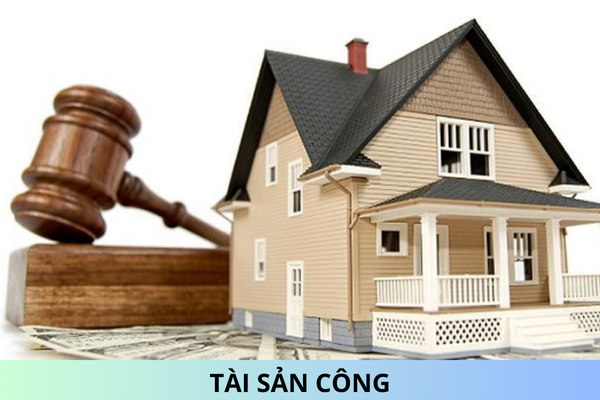What are regulations on orientations for mobilizing and using loans, organizing and implementing according to Public Debt Strategy to 2030 in Vietnam?
What is orientation for mobilizing and using loan capital according to the Public Debt Strategy until 2030 in Vietnam? What are regulations on organization and implementation of the Public Debt Strategy until 2030 in Vietnam?
What is orientation for mobilizing and using loan capital according to the Public Debt Strategy until 2030 in Vietnam?
According to Clause 4, Article 1, Decision 460/QD-TTg of 2022 stipulates the Orientation for mobilization and use of loan capital as follows:
a) Regularly evaluate the impacts of borrowing on outstanding public debt, Government debt and debt repayment obligations. In operating the annual state budget, it is necessary to simultaneously control the rate of state budget overspending and the rate of direct debt repayment from the budget, ensuring that it is within the allowable threshold.
b) Regularly issue Government bonds with standard terms, focus on long terms of 5 years or more, and at the same time, flexibly issue terms of less than 5 years, and issue foreign currency bonds on the domestic market to meet capital mobilization needs and realize the goal of developing the Government bond market. Issue international bonds to offset central budget deficit for development investment and to restructure Government debt when market conditions are favorable.
c) Focus on disbursement of all signed ODA loans and foreign concessional loans by the end of 2020. Mobilize new foreign loans is focused on a number of key areas to ensure maximum economic efficiency based on scale; Prioritize investment in projects that directly promote growth associated with sustainable development, with spillover effects such as climate change adaptation, improving environmental quality, education, healthcare, and technology. Develop a number of public investment programs to implement a number of important and key projects and works that have great momentum and pervasiveness and solve national, regional and regional development issues and regional linkages according to each priority goal instead of a separate, distributed project approach; Increase the proportion of foreign loans to support the budget to increase proactiveness in managing and using loan capital.
d) Manage local government debt within the scope of local budget deficit approved by the National Assembly, ensuring within the outstanding debt limit according to the State Budget Law.
d) Strictly control contingent debt obligations, ensuring debt repayment sources guaranteed by the Government; Manage guarantees, ensure compliance with regulations and efficiency within the guarantee limit, focus on prioritizing capital sources to guarantee key national programs and projects approved by the National Assembly and the Government. Approve investment policy, Prime Minister approves investment. Control the growth rate of outstanding Government guaranteed debt not to exceed the GDP growth rate of the previous year. Select a number of infrastructure development projects of widespread nature, capable of generating debt repayment revenue for the Government to re-lend from ODA loans and foreign preferential loans.
e) Strictly control self-borrowed and self-paid foreign debt of enterprises and credit institutions, ensure national foreign debt targets within allowed limits. Innovate national foreign debt management methods to suit the nature of short-, medium- and long-term loans, the nature and level of risk of each target group. Research and improve institutions to apply capital flow control measures in managing foreign debt by self-borrowing and self-payment to comply with international practices.

What are regulations on orientations for mobilizing and using loans, organizing and implementing according to Public Debt Strategy to 2030 in Vietnam? (Image from the Internet)
What are regulations on organization and implementation of the Public Debt Strategy until 2030 in Vietnam?
According to Clause 6, Article 1, Decision 460/QD-TTg of 2022 also stipulates the implementation and organization as follows:
a) Stages of implementing the Strategy
The public debt strategy for the period 2021 - 2030 is implemented in 2 phases, specifically as follows:
- Phase 1: implement the National Financial Plan, 5-year public borrowing and debt repayment plan 2021-2025 according to the Resolutions of the National Assembly; Develop and implement 3-year public debt management programs and annual public debt repayment and borrowing plans;
- Phase 2: develop and implement the National Financial Plan, 5-year public borrowing and debt repayment plan 2026-2030; 3-year public debt management programs and annual public debt repayment and borrowing plans.
b) Resources to implement the Strategy
Funding for developing and implementing the contents of the Public Debt Strategy project is allocated from the state budget and other legal capital sources according to the provisions of law.
Best regards!










